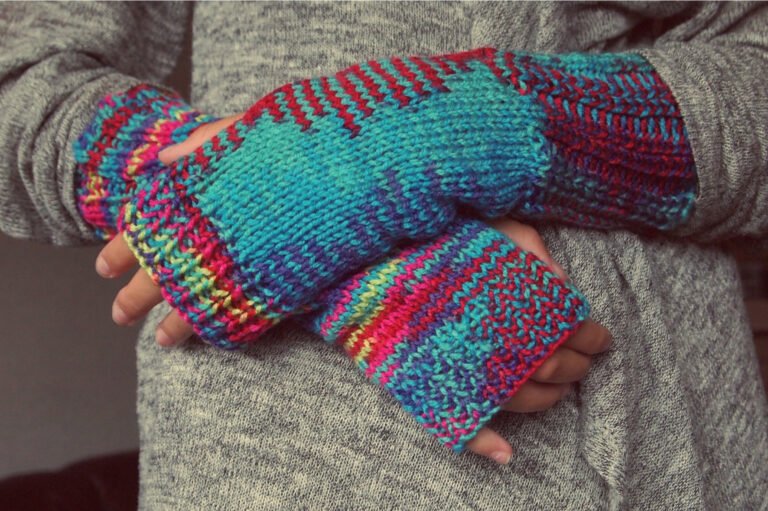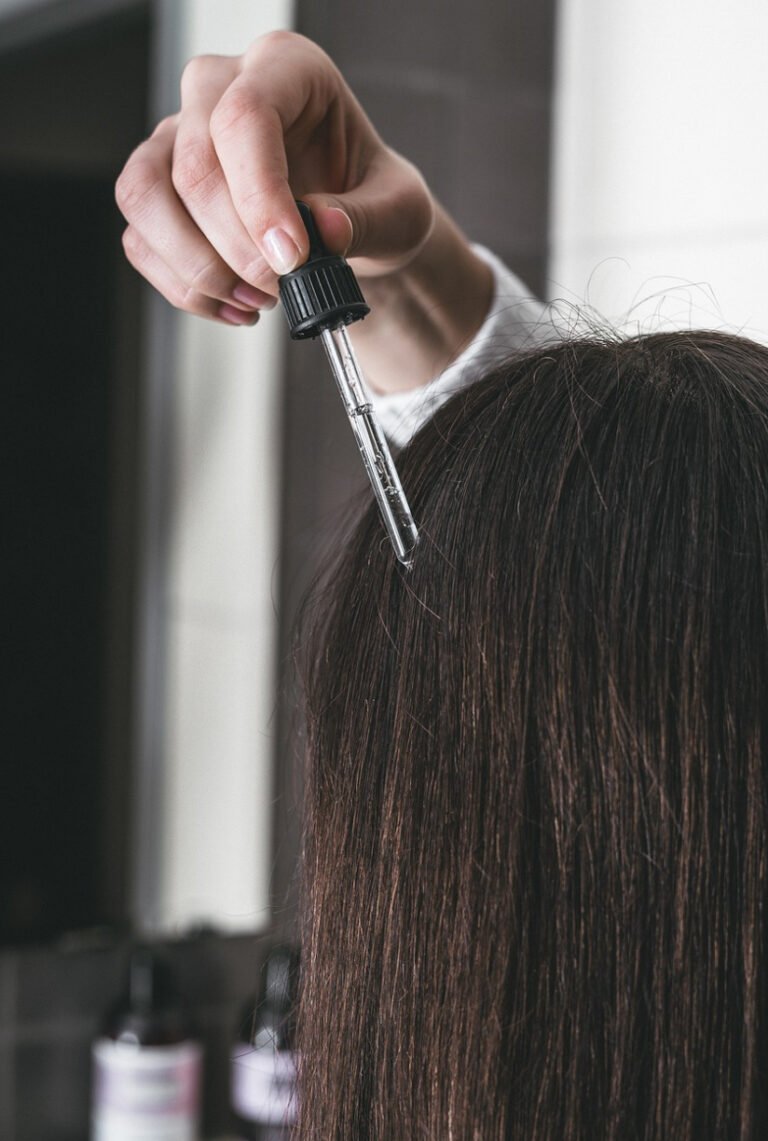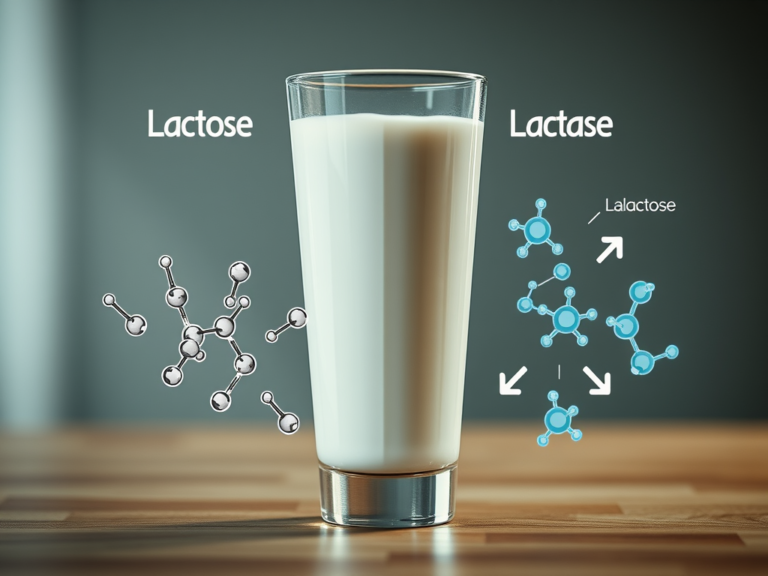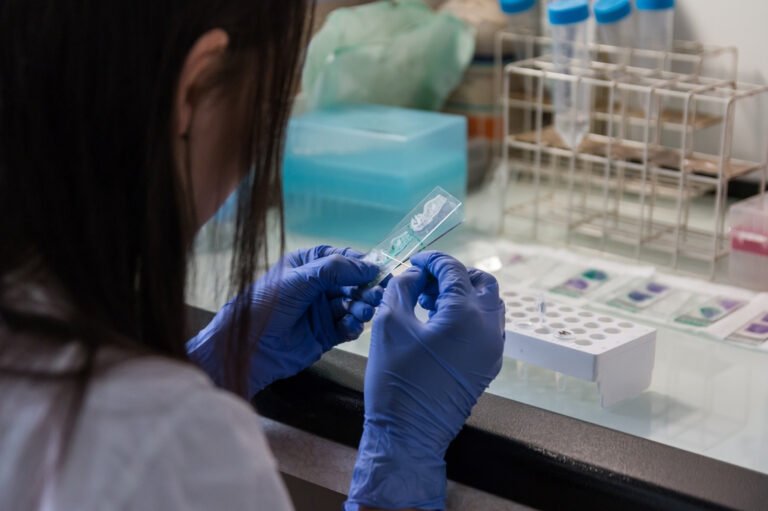How the cranial nerve VII can be treated with or without cortisone?
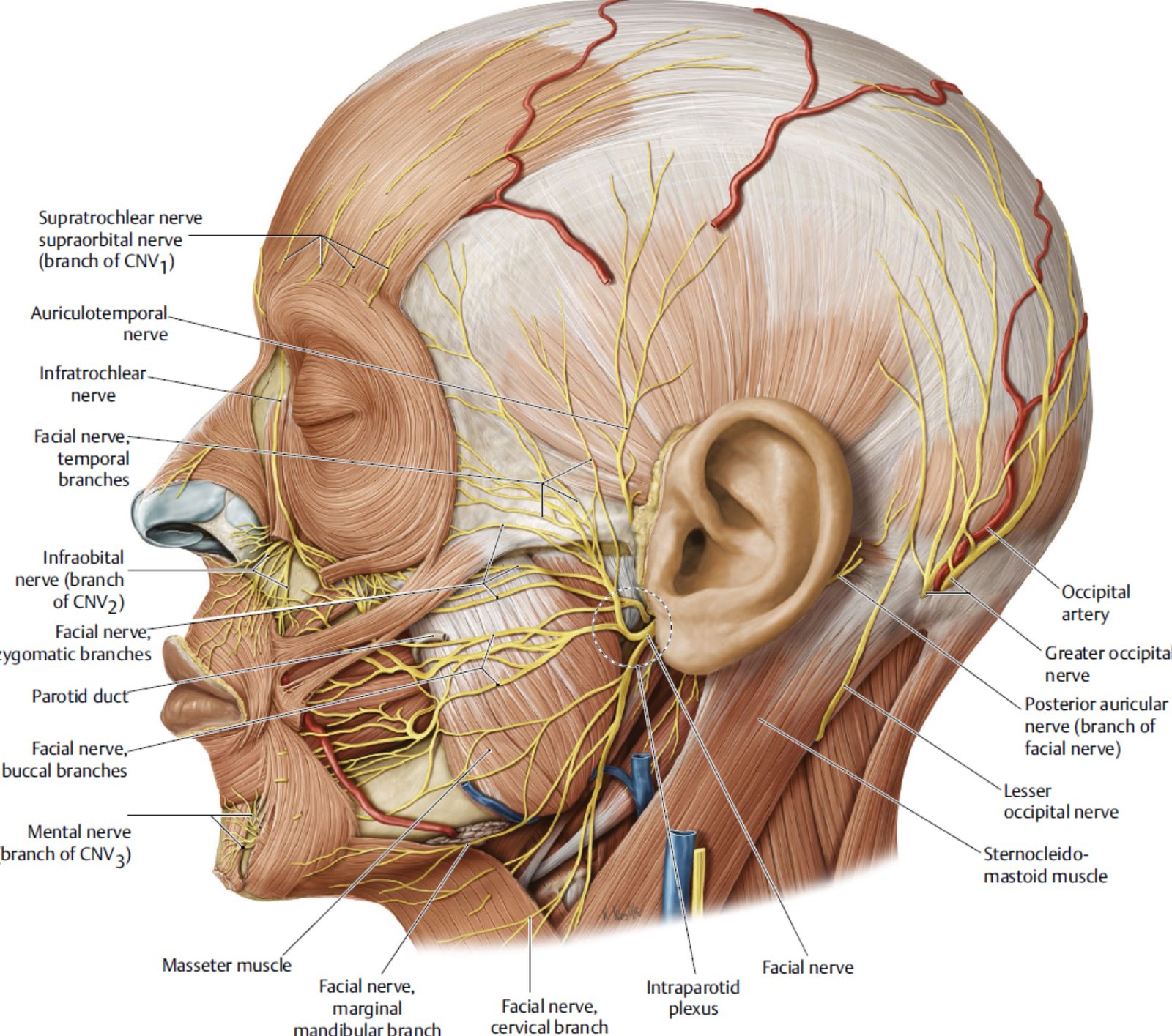

Images: https://images.app.goo.gl/z9Bbdt9SnSrJ2cgR7
The facial nerve (Cranial Nerve VII) controls the muscles of facial expression, and damage or dysfunction can lead to a condition called facial nerve palsy (e.g., Bell’s palsy), resulting in partial or full paralysis of one side of the face. This condition can be treated with or without cortisone depending on the severity and the underlying cause.
1. Treatment with Cortisone (Steroids)
Corticosteroids, particularly prednisone (a form of synthetic cortisone), are commonly used to treat facial nerve palsy, especially Bell’s palsy, because they reduce inflammation around the facial nerve.
- How Cortisone Works:
- Reduces inflammation: Cortisone helps by reducing the swelling around the facial nerve where it exits the skull (at the stylomastoid foramen). This inflammation can compress the nerve, leading to dysfunction. By reducing the swelling, the nerve is less compressed, which improves function and recovery.
- Prevents long-term damage: Early intervention with corticosteroids can prevent permanent damage to the nerve, especially in cases where the inflammation is the primary issue (e.g., viral infection like herpes simplex virus).
- Typical Usage:
- Cortisone (or prednisone) is usually prescribed within the first 72 hours of symptom onset to maximize its effectiveness.
- Doses are tapered over about 7–10 days.
- Effectiveness:
- Studies have shown that treatment with corticosteroids significantly improves recovery in patients with Bell’s palsy, often leading to complete recovery of facial nerve function.
2. Treatment Without Cortisone
In cases where cortisone is not used or contraindicated (e.g., people with certain medical conditions such as diabetes or uncontrolled hypertension), other treatments and therapies can be utilized:
a) Antiviral Medications (if a viral cause is suspected):
- If the facial nerve palsy is caused by a virus (e.g., herpes simplex or herpes zoster), antiviral drugs such as acyclovir or valacyclovir may be used. These medications target the viral infection that could be causing nerve inflammation.
- Antivirals are often used in conjunction with cortisone, but can be used alone if corticosteroids are not an option.
b) Physical Therapy:
- Facial exercises and physical therapy can help improve muscle strength and prevent permanent stiffness or contractures in the facial muscles.
- Massage therapy may also help to stimulate blood flow and prevent muscle atrophy while the nerve heals.
c) Electrical Stimulation:
- Some therapists may use electrical stimulation to activate the facial muscles and prevent them from weakening while nerve function is impaired.
d) Surgical Options (in rare cases):
- In severe cases where the nerve is significantly damaged and not responding to other treatments, surgical decompression of the facial nerve may be considered. This is extremely rare and usually a last resort.
e) Supportive Care:
- Eye care is important in facial nerve palsy because the inability to close the eyelid can lead to drying of the eye or corneal damage. Patients may need to use eye drops or eye patches to protect the affected eye.
- Botox injections are sometimes used to balance muscle activity in the face or to manage synkinesis (involuntary muscle movements that can happen as the nerve heals).
Summary of Treatment Options:
- With Cortisone: Prednisone (or similar steroids) to reduce inflammation and promote nerve recovery, especially effective when started early.
- Without Cortisone:
- Antiviral medications for viral infections.
- Physical therapy and facial exercises for muscle recovery.
- Eye care to prevent damage due to impaired blinking.
- Surgical intervention in severe or non-responsive cases.
- Electrical stimulation and supportive therapies.
Cortisone is effective for reducing nerve inflammation, but even without it, a combination of antivirals, physical therapy, and supportive care can improve outcomes in facial nerve dysfunction.
